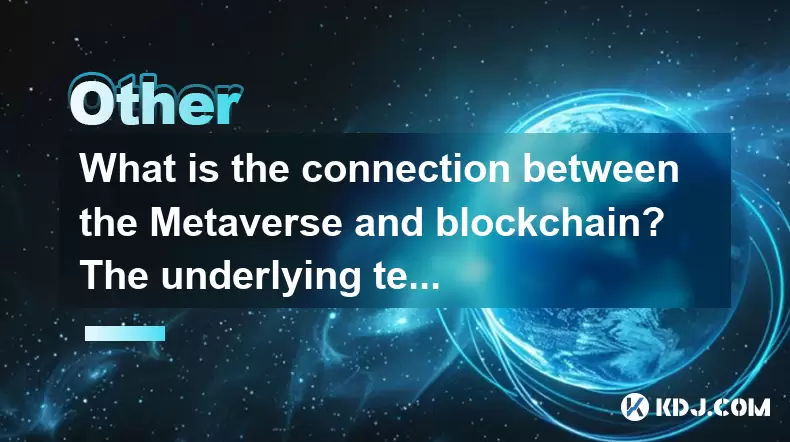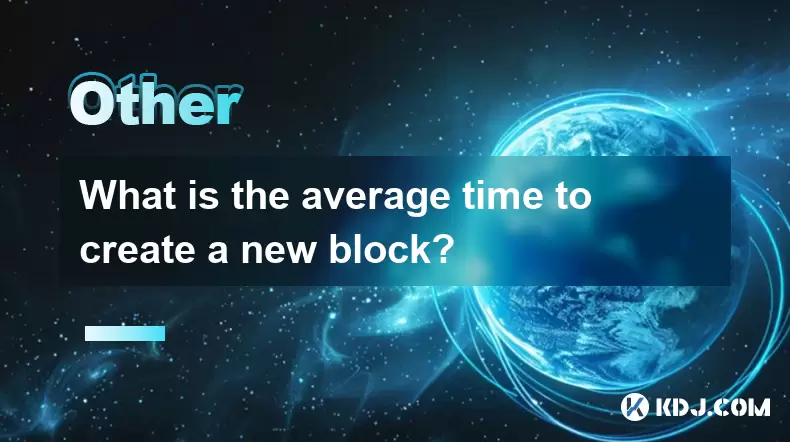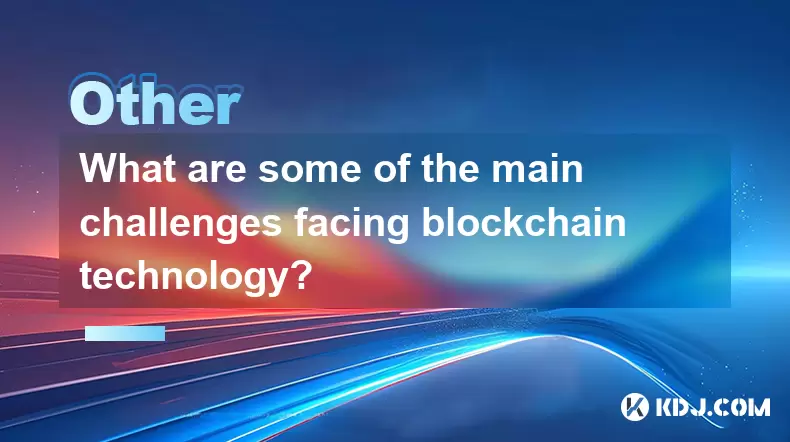-
 Bitcoin
Bitcoin $117500
2.15% -
 Ethereum
Ethereum $3911
6.19% -
 XRP
XRP $3.316
10.79% -
 Tether USDt
Tether USDt $1.000
0.01% -
 BNB
BNB $787.2
2.24% -
 Solana
Solana $175.2
4.15% -
 USDC
USDC $0.9999
0.00% -
 Dogecoin
Dogecoin $0.2225
8.40% -
 TRON
TRON $0.3383
0.28% -
 Cardano
Cardano $0.7868
6.02% -
 Stellar
Stellar $0.4382
9.34% -
 Hyperliquid
Hyperliquid $40.92
7.56% -
 Sui
Sui $3.764
7.63% -
 Chainlink
Chainlink $18.48
10.66% -
 Bitcoin Cash
Bitcoin Cash $582.1
1.88% -
 Hedera
Hedera $0.2601
6.30% -
 Avalanche
Avalanche $23.33
4.94% -
 Ethena USDe
Ethena USDe $1.001
0.02% -
 Litecoin
Litecoin $122.3
2.04% -
 UNUS SED LEO
UNUS SED LEO $8.969
-0.27% -
 Toncoin
Toncoin $3.339
0.86% -
 Shiba Inu
Shiba Inu $0.00001287
4.30% -
 Uniswap
Uniswap $10.43
7.38% -
 Polkadot
Polkadot $3.861
5.08% -
 Dai
Dai $1.000
0.02% -
 Bitget Token
Bitget Token $4.513
3.41% -
 Monero
Monero $267.7
-6.18% -
 Cronos
Cronos $0.1499
4.14% -
 Pepe
Pepe $0.00001110
5.15% -
 Aave
Aave $284.9
8.28%
What is the connection between the Metaverse and blockchain? The underlying technology
Blockchain enables true ownership and interoperability of digital assets in the Metaverse through decentralized systems, smart contracts, and NFTs.
Jun 23, 2025 at 02:56 am

Understanding the Metaverse
The Metaverse refers to a collective virtual shared space, created by the convergence of virtually enhanced physical reality and physically persistent virtual spaces. It is often described as the next evolution of the internet — a fully immersive, decentralized environment where users can interact with each other and digital assets in real time. In this context, blockchain technology plays a crucial role in enabling trustless interactions, ownership verification, and secure data transfer within the Metaverse.
Blockchain provides the foundational infrastructure for decentralization, which is essential for the Metaverse to function without central authorities or intermediaries. This includes aspects such as identity management, asset ownership, and transaction validation across a distributed network.
Decentralized Identity and Ownership
One of the key components of the Metaverse is the concept of digital identity. Users must be able to prove ownership of their virtual personas, assets, and experiences without relying on centralized platforms. Blockchain enables this through self-sovereign identity systems, where individuals control their own digital identities using cryptographic keys.
- Public and private key pairs allow users to authenticate themselves securely without exposing sensitive information.
- NFTs (Non-Fungible Tokens) represent unique digital assets such as avatars, virtual land, and collectibles that users can truly own and trade.
- Smart contracts automate transactions and enforce rules around ownership and usage rights of these digital assets.
Asset Interoperability Across Platforms
In the Metaverse, users expect to carry their digital possessions from one virtual world to another seamlessly. Traditional centralized platforms restrict this due to proprietary ecosystems. However, blockchain facilitates interoperable asset standards, allowing NFTs and tokens to be used across different applications and environments.
- ERC-721 and ERC-1155 token standards on Ethereum enable cross-platform compatibility for NFTs.
- Decentralized identifiers (DIDs) help maintain consistent user profiles across various Metaverse platforms.
- Layer-2 solutions and sidechains enhance scalability and reduce transaction costs, making asset transfers more efficient.
Trustless Transactions and Governance
For the Metaverse to function effectively, participants must engage in economic activities like buying, selling, and trading virtual goods without fear of fraud or censorship. Blockchain introduces trustless mechanisms where transactions are verified through consensus rather than relying on third-party oversight.
- Smart contracts execute automatically when conditions are met, ensuring fair and transparent exchanges.
- Decentralized Autonomous Organizations (DAOs) enable community-driven governance, giving users a say in platform development and policy changes.
- Immutable ledgers record all actions and transactions, providing transparency and auditability.
Data Security and Privacy in the Metaverse
Data security is a critical concern in any digital ecosystem, especially one as expansive as the Metaverse. With vast amounts of personal and financial data being exchanged, it's imperative to have robust safeguards. Blockchain contributes to this by offering decentralized storage solutions and privacy-preserving protocols.
- Distributed file systems like IPFS store data redundantly across nodes, reducing single points of failure.
- Zero-knowledge proofs (ZKPs) allow users to verify transactions without revealing sensitive details, enhancing privacy.
- Permissioned blockchains limit access to certain data, balancing openness with confidentiality requirements.
Frequently Asked Questions
How does blockchain ensure true ownership of virtual assets in the Metaverse?
Blockchain uses tokenization and smart contracts to assign verifiable and immutable ownership of digital assets. Each asset is represented as a token on the blockchain, and its owner controls it via a private key. This eliminates the risk of platform-controlled assets disappearing or being altered arbitrarily.
Can the Metaverse exist without blockchain technology?
While a centralized version of the Metaverse could technically exist, it would lack key features like true ownership, interoperability, and decentralized governance. Without blockchain, users would remain dependent on platform-specific systems and would not have full control over their digital identities and assets.
What role do DAOs play in the Metaverse?
DAOs provide a framework for community-based decision-making and governance in the Metaverse. They allow users to propose and vote on changes related to platform policies, revenue distribution, and development priorities through token-weighted voting systems, ensuring democratic participation.
Are there specific blockchains built for the Metaverse?
Yes, several blockchains are designed specifically to support Metaverse applications. Examples include Decentraland’s MANA chain, The Sandbox’s blockchain, and Enjin-powered platforms. These chains optimize for low-cost transactions, fast confirmations, and seamless integration with NFT standards required for virtual environments.
Disclaimer:info@kdj.com
The information provided is not trading advice. kdj.com does not assume any responsibility for any investments made based on the information provided in this article. Cryptocurrencies are highly volatile and it is highly recommended that you invest with caution after thorough research!
If you believe that the content used on this website infringes your copyright, please contact us immediately (info@kdj.com) and we will delete it promptly.
- FTT Token's Wild Ride: Creditor Repayments vs. Market Drop - A New Yorker's Take
- 2025-08-08 07:10:12
- Floki Crypto Price Prediction: Riding the Robinhood Rocket or Just a Meme?
- 2025-08-08 07:15:12
- EigenLayer, Restaking, and Ethereum: Navigating the Hype and the Hazards
- 2025-08-08 06:30:12
- Super Bowl 59: Jon Batiste to Jazz Up the National Anthem
- 2025-08-08 06:30:12
- Cold Wallet Crypto in 2025: The Future is Now, Ya'll
- 2025-08-08 05:10:13
- MAGACOIN, SOL, and ADA: A Tale of Shifting Tides in Crypto
- 2025-08-08 05:10:13
Related knowledge

What is the purpose of a nonce in mining?
Aug 04,2025 at 05:56pm
Understanding the Role of a Nonce in Cryptocurrency MiningIn the world of cryptocurrency mining, the term nonce stands for 'number used only once.' Th...

Can data on a blockchain be deleted?
Aug 05,2025 at 04:00am
Understanding Blockchain ImmutabilityThe core principle behind most blockchain systems is immutability, which means that once data is recorded onto th...

What is the difference between on-chain and off-chain transactions?
Aug 02,2025 at 04:22pm
Understanding On-Chain TransactionsOn-chain transactions refer to digital asset transfers that are recorded directly on a blockchain ledger. These tra...

What is the average time to create a new block?
Aug 06,2025 at 09:21pm
Understanding Block Creation in Blockchain NetworksThe average time to create a new block varies significantly depending on the specific blockchain pr...

How are blocks linked together?
Aug 04,2025 at 06:56am
Understanding the Structure of a BlockchainA blockchain is a decentralized digital ledger composed of a sequence of blocks, each containing a list of ...

What are some of the main challenges facing blockchain technology?
Aug 07,2025 at 02:58am
Scalability Constraints in Blockchain NetworksOne of the most persistent challenges in blockchain technology is scalability. As blockchain networks gr...

What is the purpose of a nonce in mining?
Aug 04,2025 at 05:56pm
Understanding the Role of a Nonce in Cryptocurrency MiningIn the world of cryptocurrency mining, the term nonce stands for 'number used only once.' Th...

Can data on a blockchain be deleted?
Aug 05,2025 at 04:00am
Understanding Blockchain ImmutabilityThe core principle behind most blockchain systems is immutability, which means that once data is recorded onto th...

What is the difference between on-chain and off-chain transactions?
Aug 02,2025 at 04:22pm
Understanding On-Chain TransactionsOn-chain transactions refer to digital asset transfers that are recorded directly on a blockchain ledger. These tra...

What is the average time to create a new block?
Aug 06,2025 at 09:21pm
Understanding Block Creation in Blockchain NetworksThe average time to create a new block varies significantly depending on the specific blockchain pr...

How are blocks linked together?
Aug 04,2025 at 06:56am
Understanding the Structure of a BlockchainA blockchain is a decentralized digital ledger composed of a sequence of blocks, each containing a list of ...

What are some of the main challenges facing blockchain technology?
Aug 07,2025 at 02:58am
Scalability Constraints in Blockchain NetworksOne of the most persistent challenges in blockchain technology is scalability. As blockchain networks gr...
See all articles

























































































